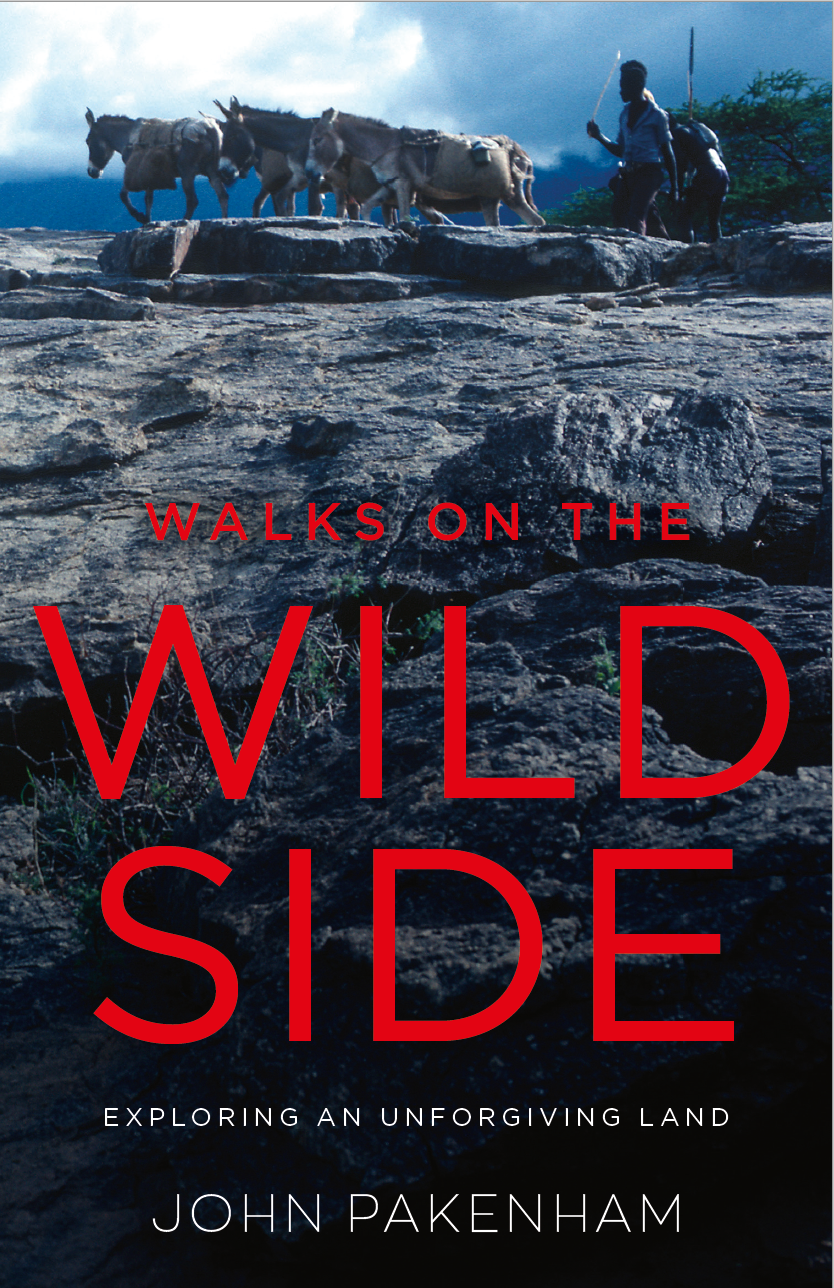Eye Books is a small, independent publisher championing extraordinary stories and overlooked voices since 1996. We publish bold fiction and non-fiction, work closely with our authors, and take pride in bringing unique books to adventurous readers.


Exploring an unforgiving land
Are you ready to take a walk on the seriously wild side?
In the early 1980s, John Pakenham walked a total of 1,200 miles through the volcanic desert around Lake Turkana in northern Kenya in the company of local Turkana and Samburu tribesmen and their long-suffering donkeys.
Repeatedly beset by extreme thirst and dehydration, blistering heat, bitterly cold torrential rains, poisonous spiders, vindictive mosquitoes and the ever-present threat of bandits, not to mention a fatal fight between two of his companions, he was lucky to live to tell his tale.
Pakenham’s account provides a rare glimpse of a tough terrain and its even tougher inhabitants, where every day was a battle for survival. This is extreme travel that, four decades on, still packs a powerful punch.
‘A lockdown read that transports you to less explored lands, packs a powerful punch and examines the attraction to extreme travel’ The Focus
UK postage is free if you spend £20 or more
